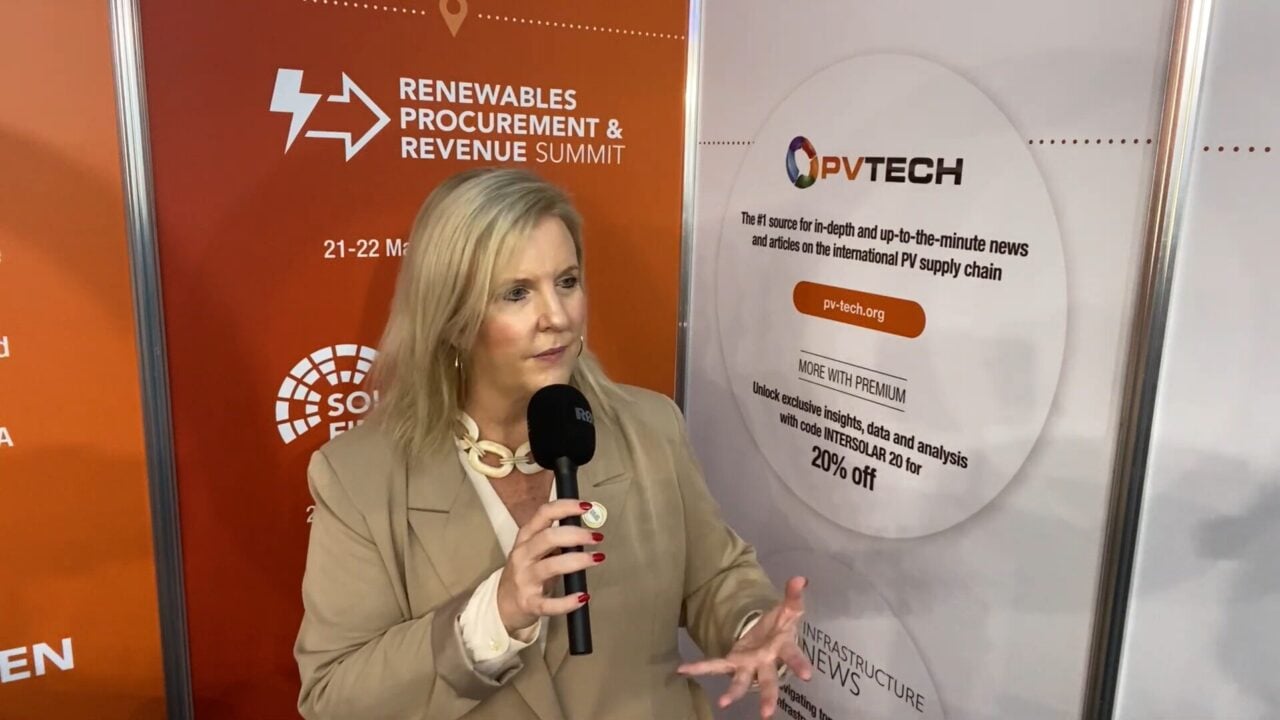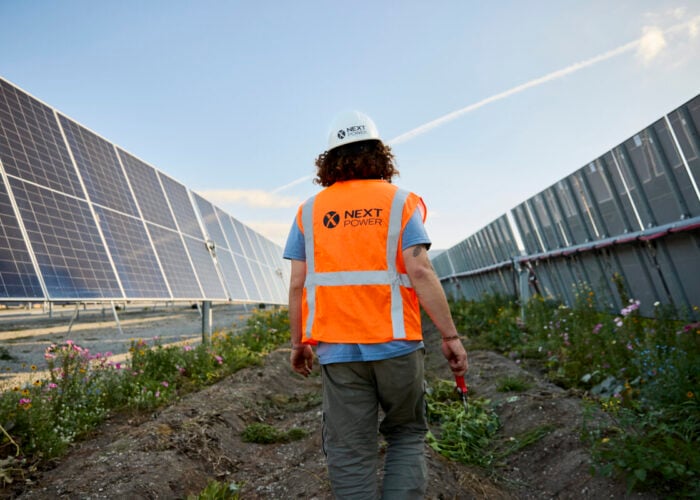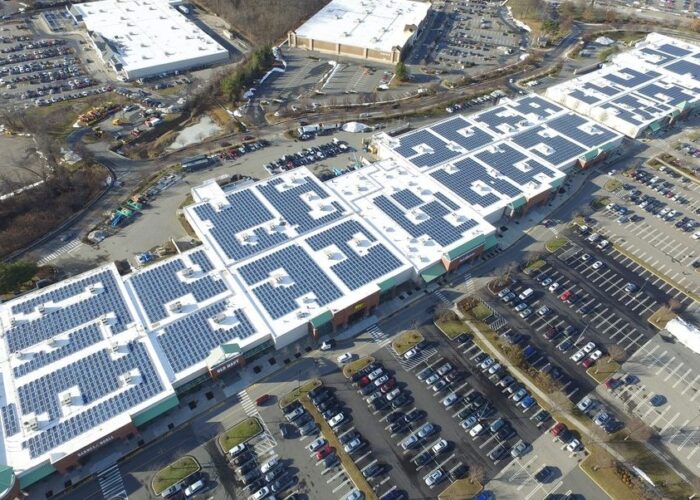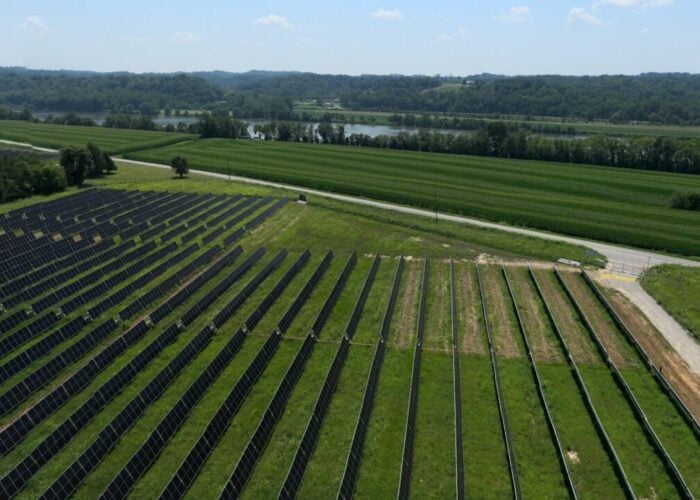
Abigail Ross Hopper, the president and CEO of US trade association the Solar Energy Industries Association (SEIA), has decided to step down from her roles at the end of January 2026.
Hopper has been leading SEIA for nearly nine years since she joined the trade association in 2017.
Try Premium for just $1
- Full premium access for the first month at only $1
- Converts to an annual rate after 30 days unless cancelled
- Cancel anytime during the trial period
Premium Benefits
- Expert industry analysis and interviews
- Digital access to PV Tech Power journal
- Exclusive event discounts
Or get the full Premium subscription right away
Or continue reading this article for free
“When I came to SEIA in 2017, we were an emerging industry with incredible potential. Today, we are a cornerstone of America’s energy economy, an economic engine, a beacon of technology and innovation, and an industry with limitless potential for growth,” wrote Hopper in an open letter on SEIA’s website.
In the letter, she explained how the US solar industry has evolved since 2017, both at the downstream and upstream levels. In terms of installed capacity, the US has gone from a cumulative of 36GW at the beginning of 2017 to over 255GW currently. In the first half of this year the country saw 17.9GW of new solar PV capacity across all sectors, however SEIA had warned of a slowdown in installations for the year, which isn’t forecast to beat the record 50GW from last year.
Hopper added that residential customers increased by more than fivefold from one million to 5.5 million during the same time period.
In the manufacturing sector, the US climbed from the 14th position to being the third-largest solar manufacturing economy in the world, behind China and India. Earlier in the year, SEIA had unveiled that the US solar manufacturing had a 50GW annual nameplate capacity for modules, while at the end of 2024, it had started producing solar cells for the first time since 2019.
“We’ve navigated fierce policy battles and market challenges, from trade cases to tax debates, and yet we’ve always emerged stronger. We fought —and won—historic policy battles, at every level of government. Our policy achievements continue to lay the groundwork for our industry to thrive for decades to come,” added Hopper.
Among the policy and market challenges the US is currently facing is the sunsetting of certain tax credits that were implemented in the Inflation Reduction Act, following the passing of the One Big Beautiful Bill Act (OBBBA) in July 2025. Residential solar tax incentives will be removed at the end of this year, while projects aiming to claim tax credits (48E and 45Y) will have to start construction by July 2026 or be completed before the end of 2027.
In addition to a slowdown in the deployment of solar PV and wind in the coming years, the passing of the OBBBA is expected to have a significant impact on the solar and the clean energy industries in terms of job losses. A report from SEIA in June of this year, forecast that 330,000 clean energy jobs are at risk across the US, with as many as 331 manufacturing sites to be closed or cancelled.
Despite these new challenges for the US solar industry, Hopper said that she remains “optimistic about our future”.
“This year has been challenging for our industry, but I remain optimistic about our future. SEIA is stronger than ever, led by an extraordinary team and a deeply engaged board. Our industry has the talent, the technology, the market mandate, and the moral clarity to finish the job we set out to do, delivering clean, affordable, reliable energy that serves as the foundation of America’s economic future,” added Hopper.
Hopper said of her departure that it was “time for her next chapter”, without giving details on her future plans or reason for leaving.
SEIA has not announced who will replace Hopper when she steps down at the end of January 2026.
Earlier this year, Hopper attended Intersolar Europe in Germany and spoke with PV Tech (subscription required) about lessons to learn from the European solar industry, tariffs and manufacturing.






